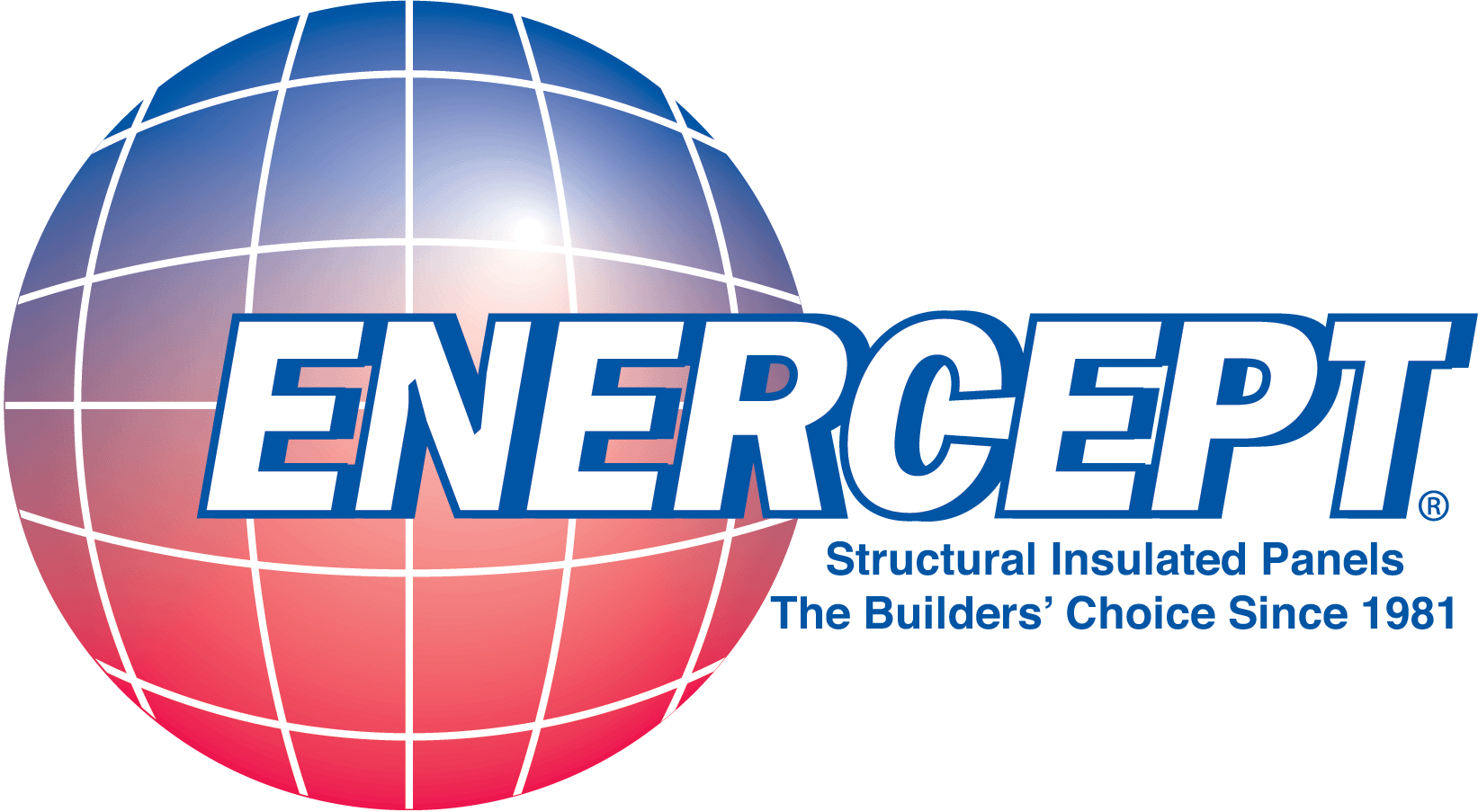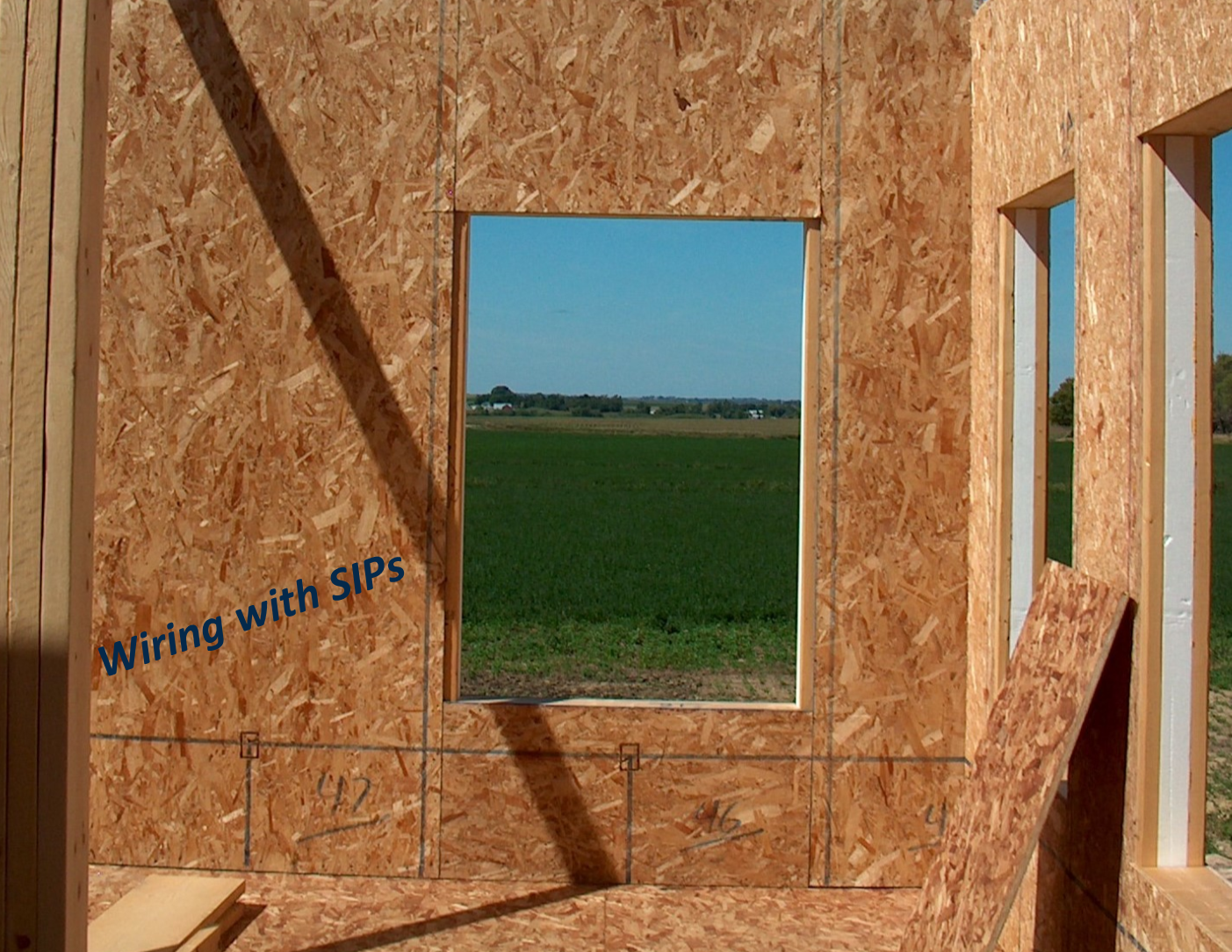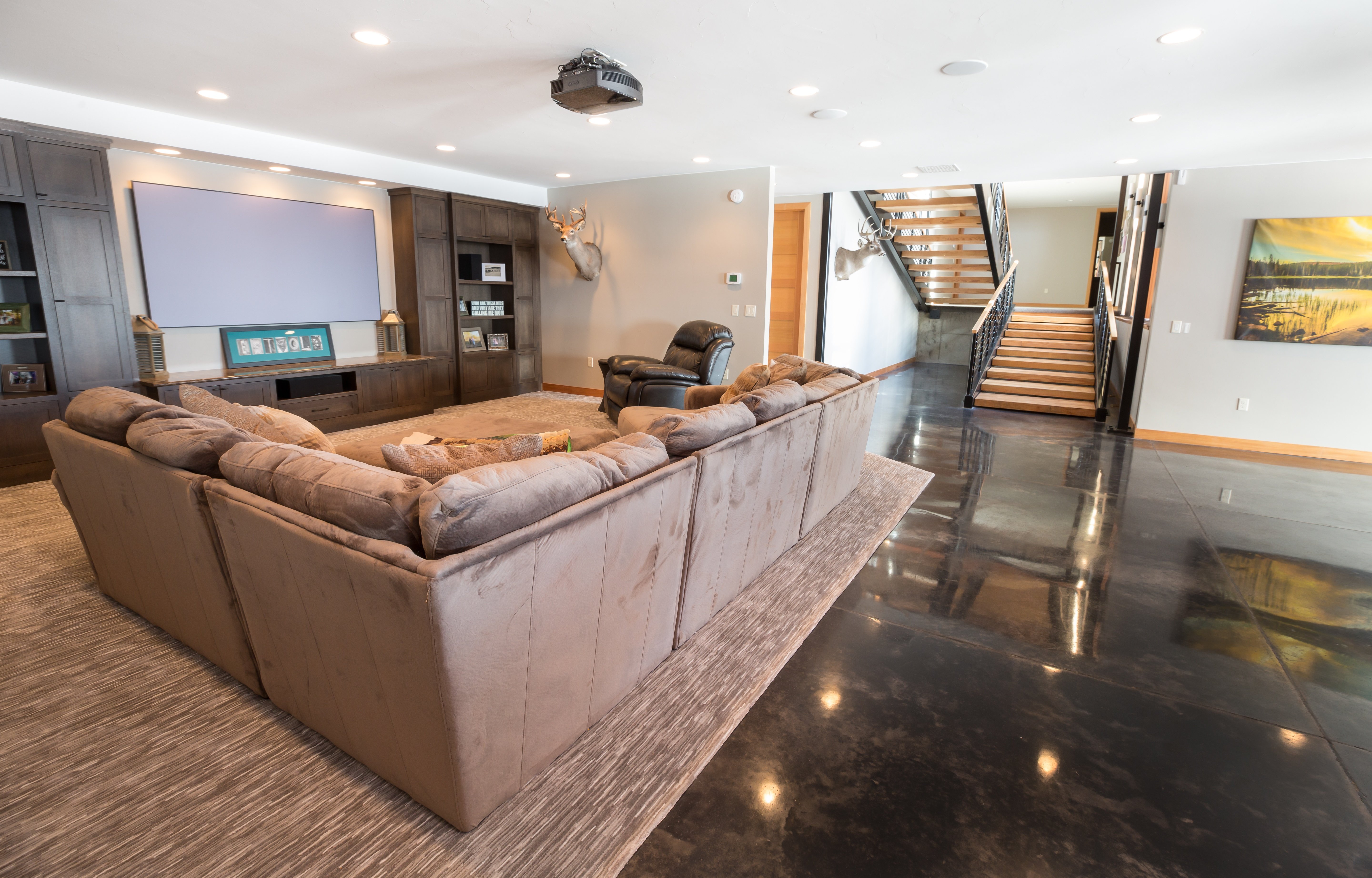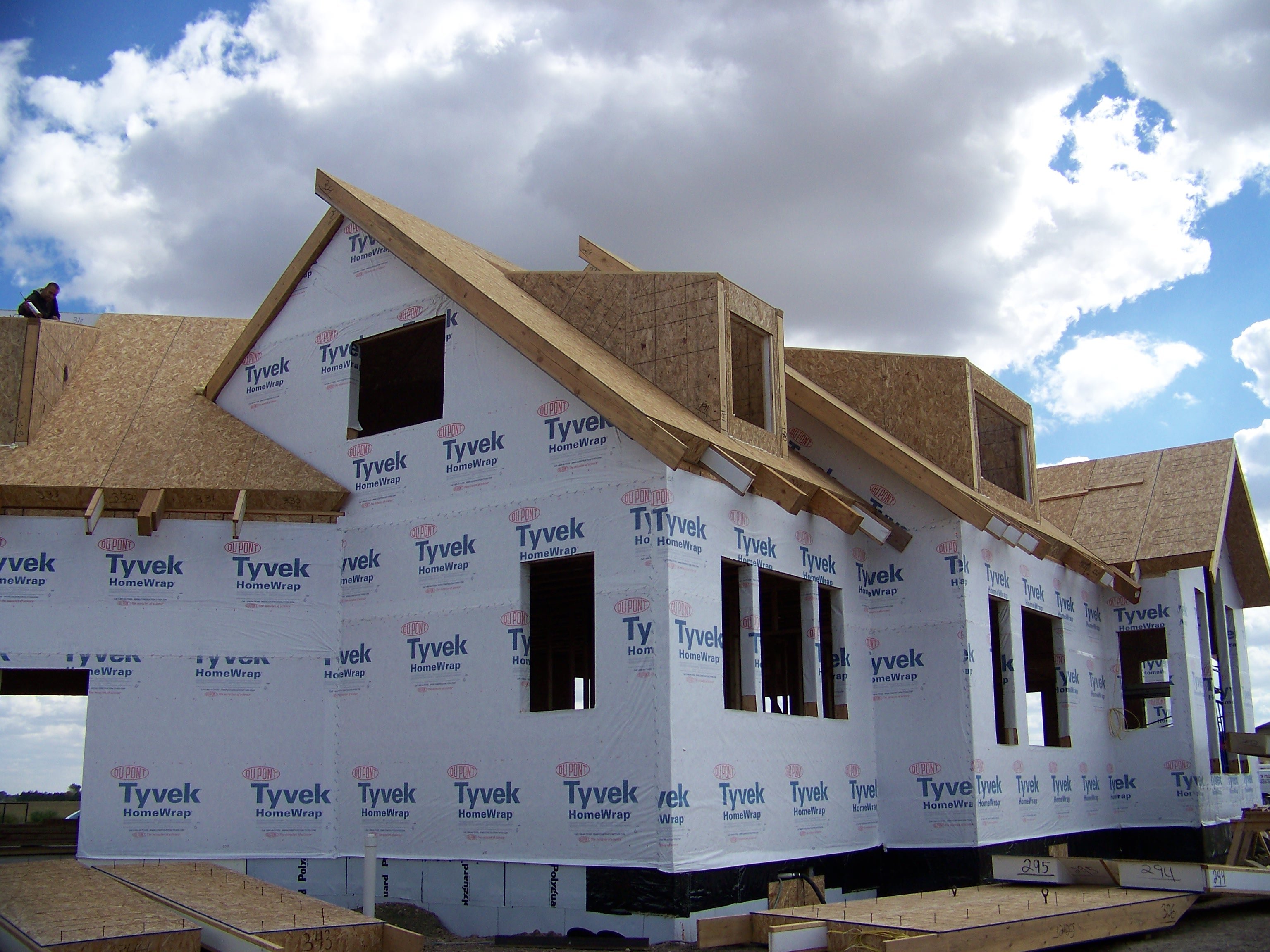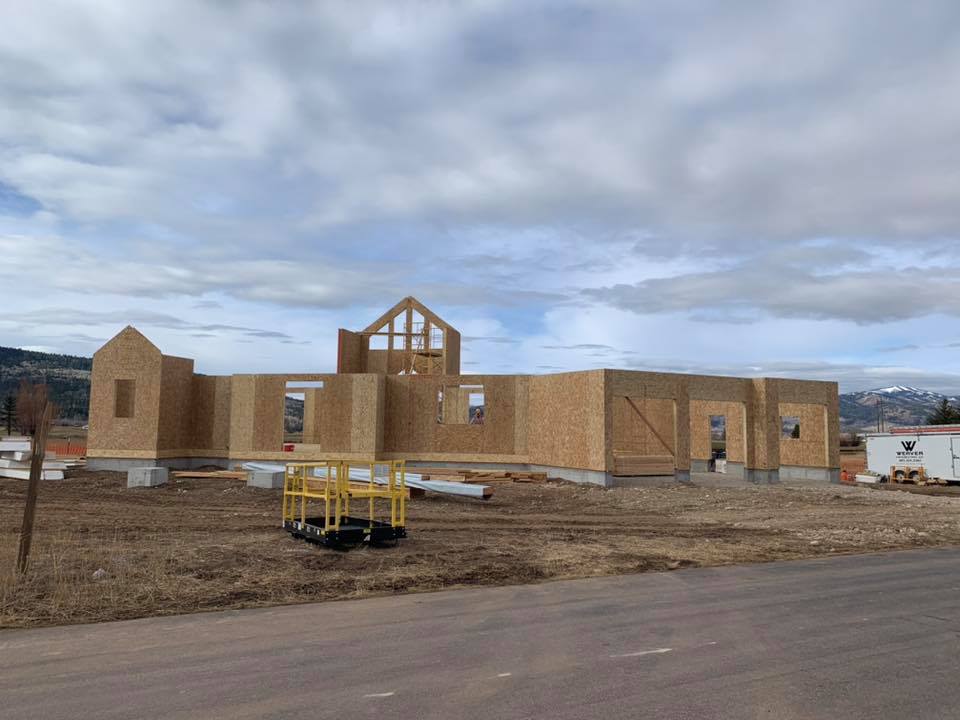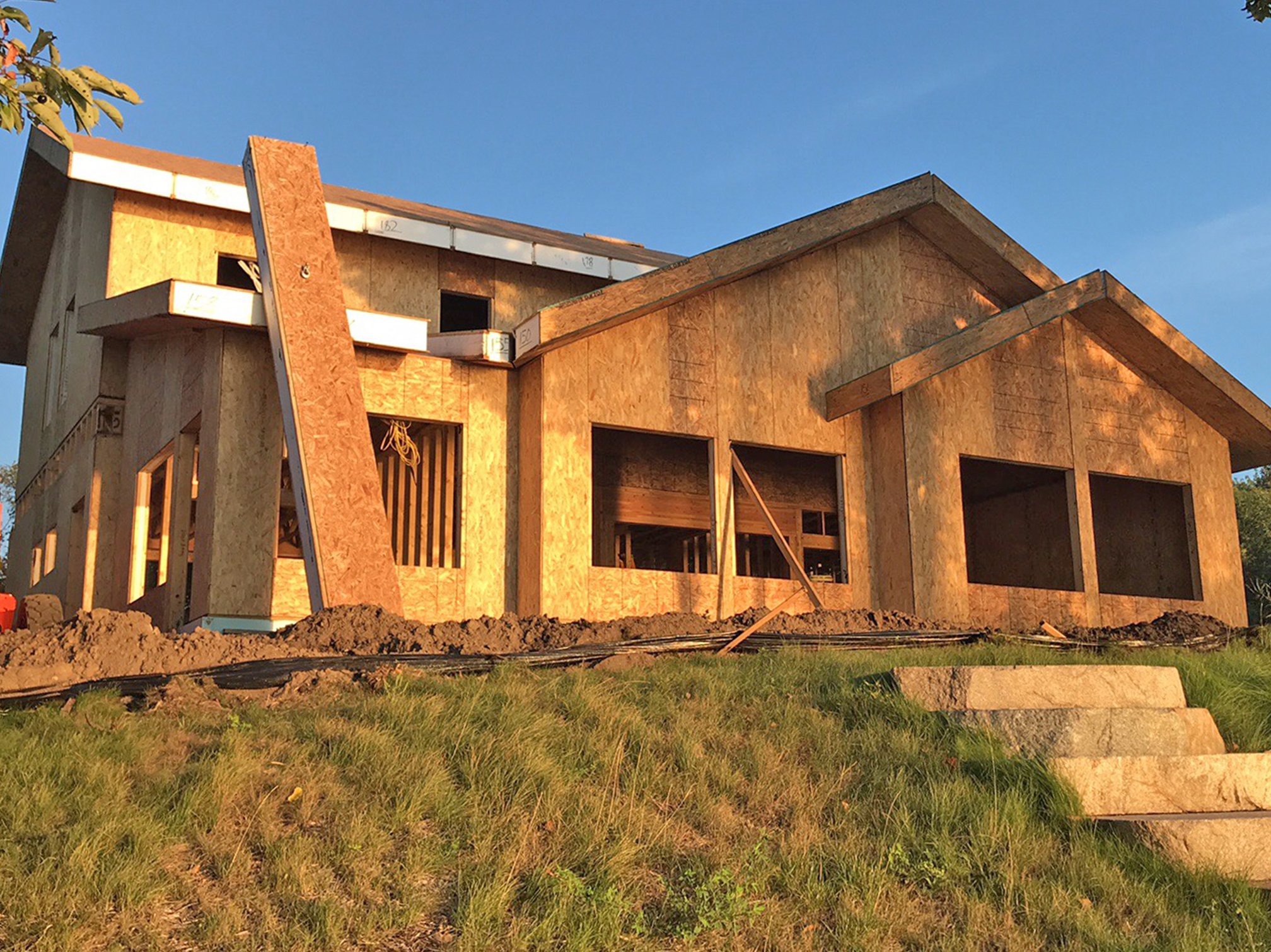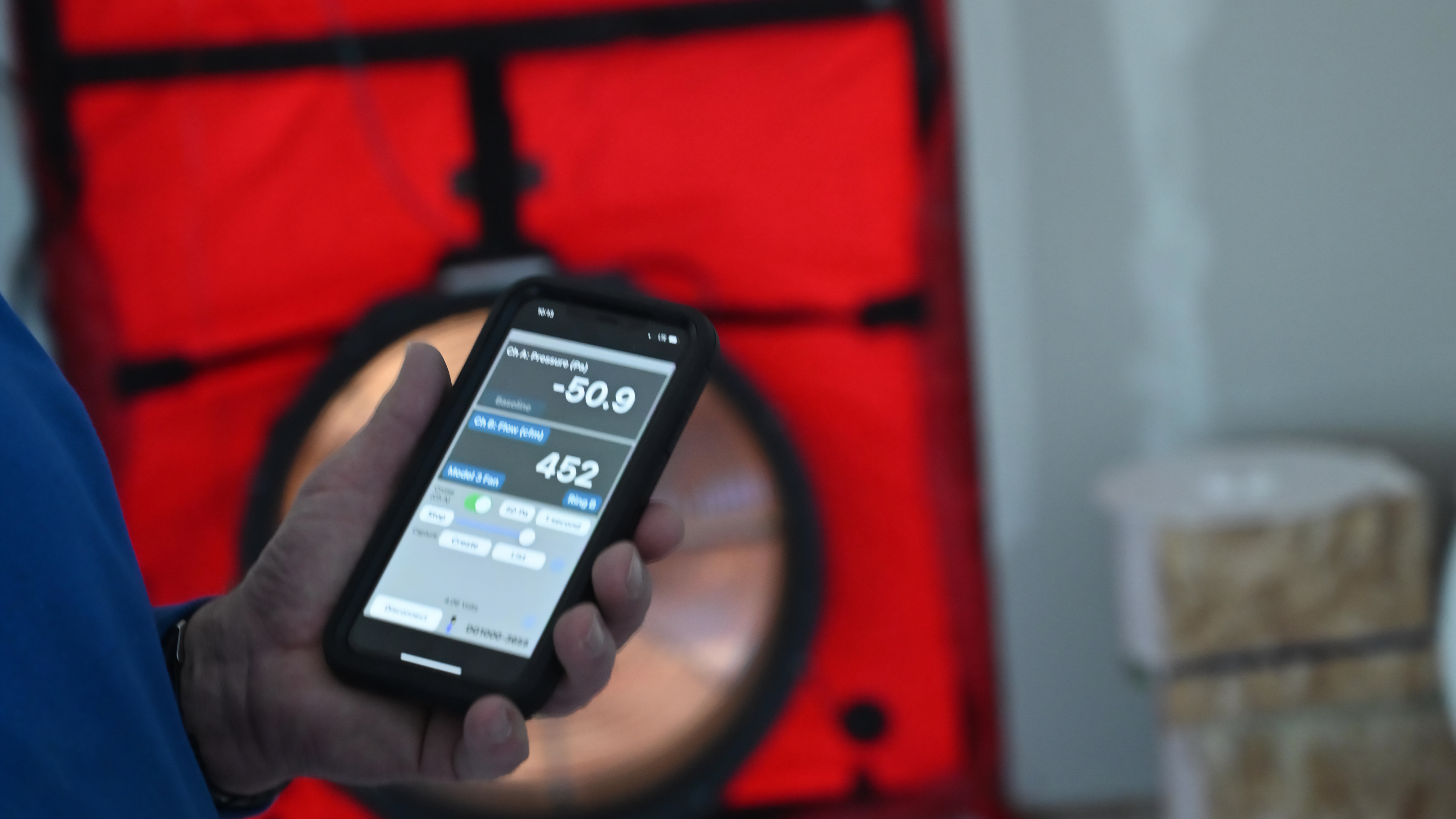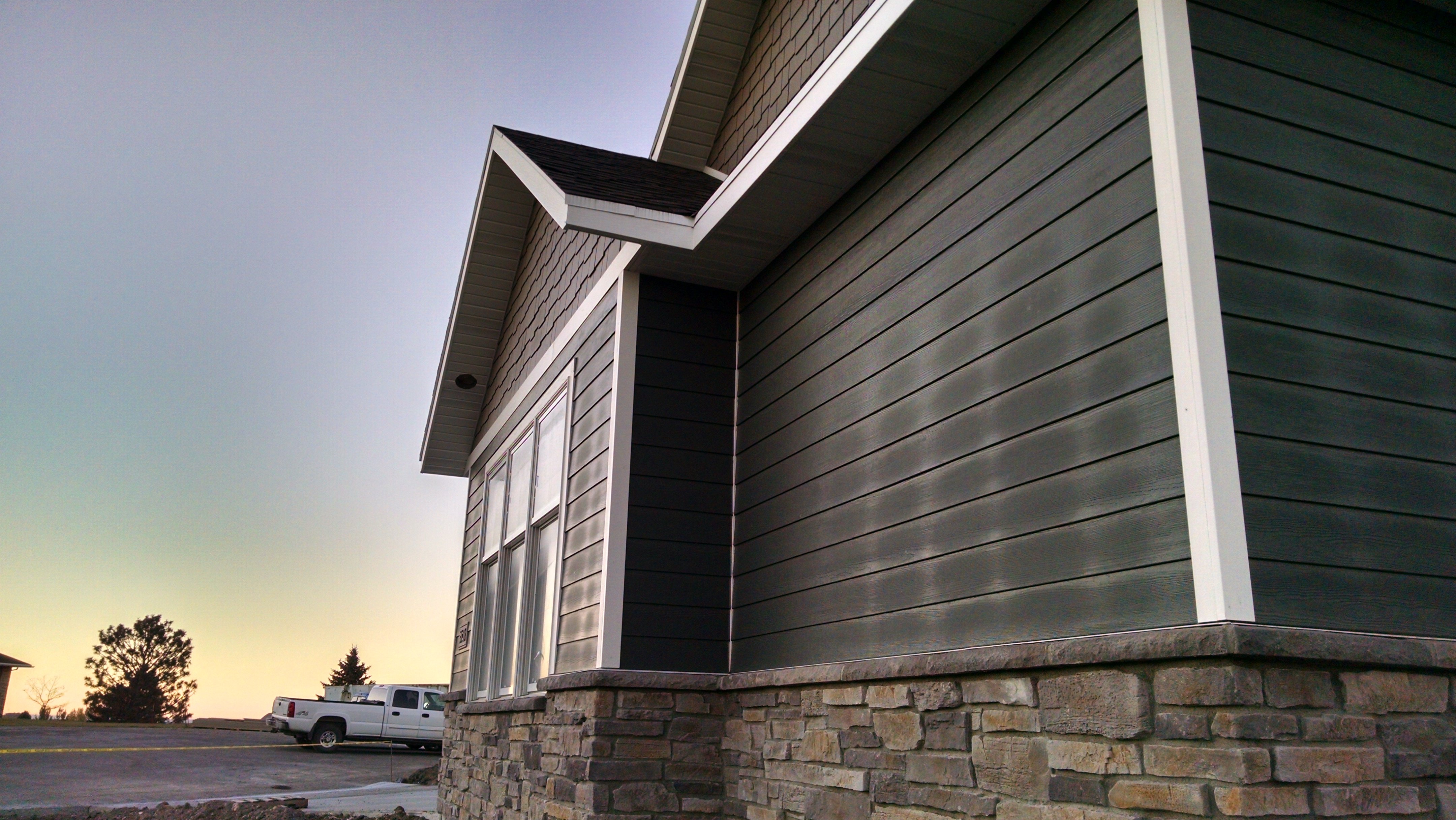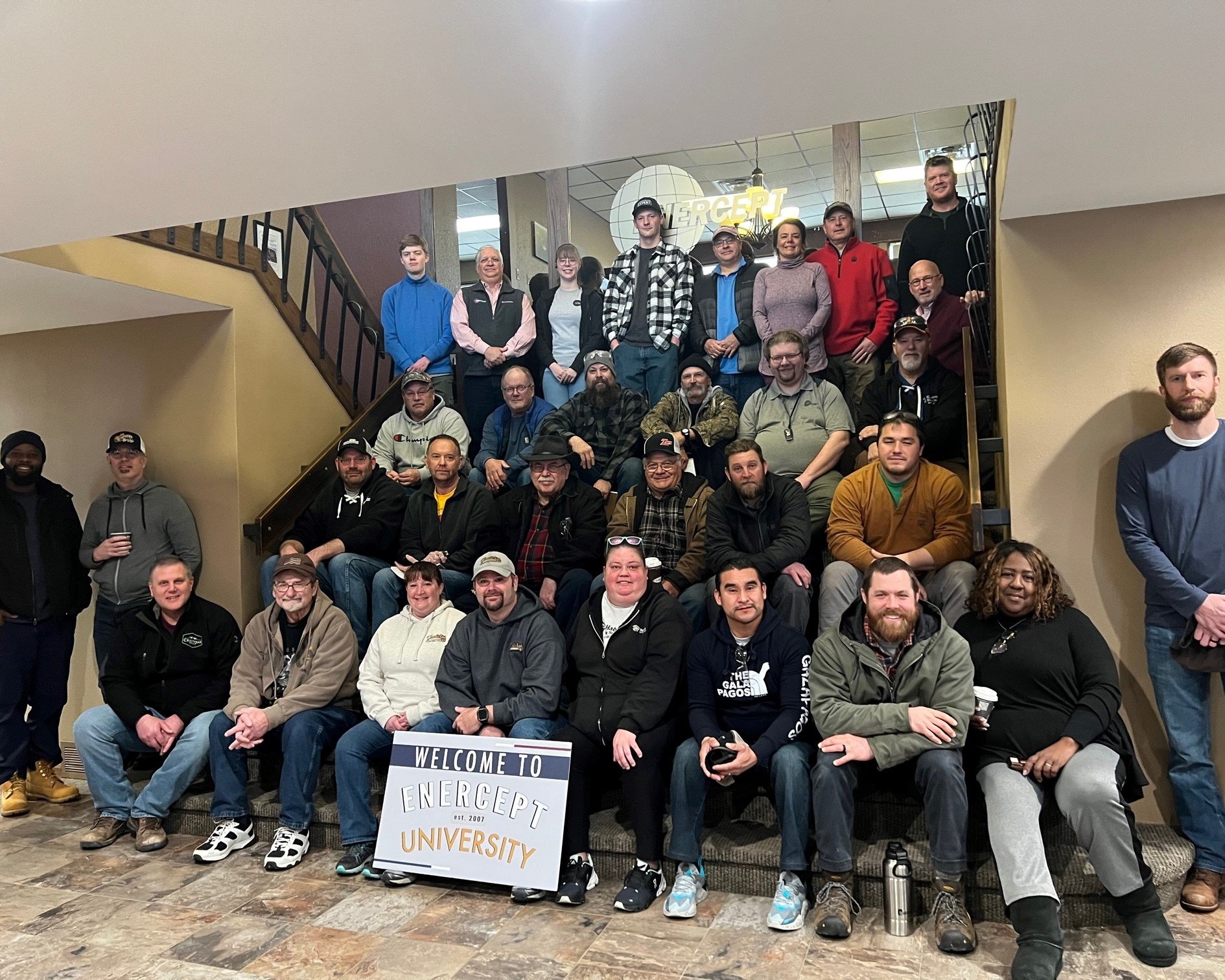Advancements in technology and equipment make it possible to build or expand a home during the winter months - SIPs make it easier.
We've all seen it before - the urgency is in the air to get your building project buttoned-up before winter hits. How can structural insulated panels help you get the job done?
In the pros and cons of building in the winter months, the cons often outnumber the pros. Here are some ways off-site SIP construction can help even the balance and extend your building season.
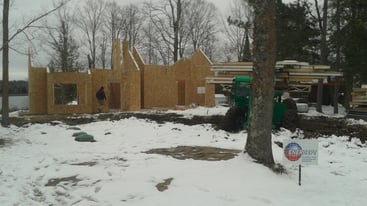 |
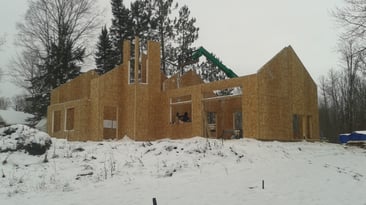 |
Pros of winter home building:
- Time: Permits may be approved more quickly when there are fewer people applying for them. Subcontractors are typically less busy in the winter and can schedule you project quicker.
- Available Labor: Many contractors are less busy in the winter and may need to lay off some of their workers. You may find opportunities to attract and retain some of those workers, increasing your workforce for next year.
- Snow: It is a lot easier to protect your project from snow rather than rain. Plus, with the ground frozen you won't have to deal with mud and concerns about destroying the homeowners land.
Let's take a closer look at creating some pros from the cons:
- Longer Completion Time: Framers need to bundle up in layers during the winter months. From long-johns to heavy gloves, these layers can make you and your team move more slowly as you saw, fit and nail stick frames. With SIPs you simply need to caulk it, plumb it, and nail it. SIPs are just easier to handle with gloves than 2-x material.
- Shorter Days = Less Time to Frame Outside: SIPs are faster. You won't need as much time outside because you will be framing, insulating, and sheathing in one step - no more framing by the lights of your pickup. You'll get more done in less time, allowing you to get home earlier and start later on the shortest days of the year.
- Temporary Heating: Depending on where you live, you will likely need to heat the interior of our winter project. But, with the superior insulating quality of SIPs, propane costs will be less. Time and again, builders have shared comments like this:
"W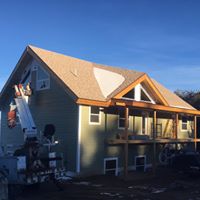 hile working on the home last winter (before the mini-splits were installed) we were able to maintain a 65-degree temperature with the use of one heater in the basement level."
hile working on the home last winter (before the mini-splits were installed) we were able to maintain a 65-degree temperature with the use of one heater in the basement level."
Johnny Jones, Thermopolis, WY, referring to his 4,352 sq. ft. home completed in February 2018.
There's still time to get your concrete poured before the ground freezes, and plenty of time to get started on your next building project. By the time we have our January thaw, you'll be working inside with no heavy coat.
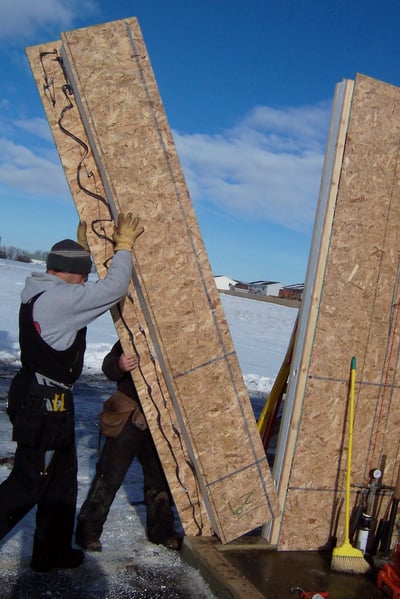
When you look at the rest of the factors contributing to construction costs — reduced labor expenses, heightened site productivity, decreased waste and less overall energy consumption — using SIPs makes sense. That's significant value you can pass on to your customer, even if Ol’ Man Winter tries to make it difficult.
